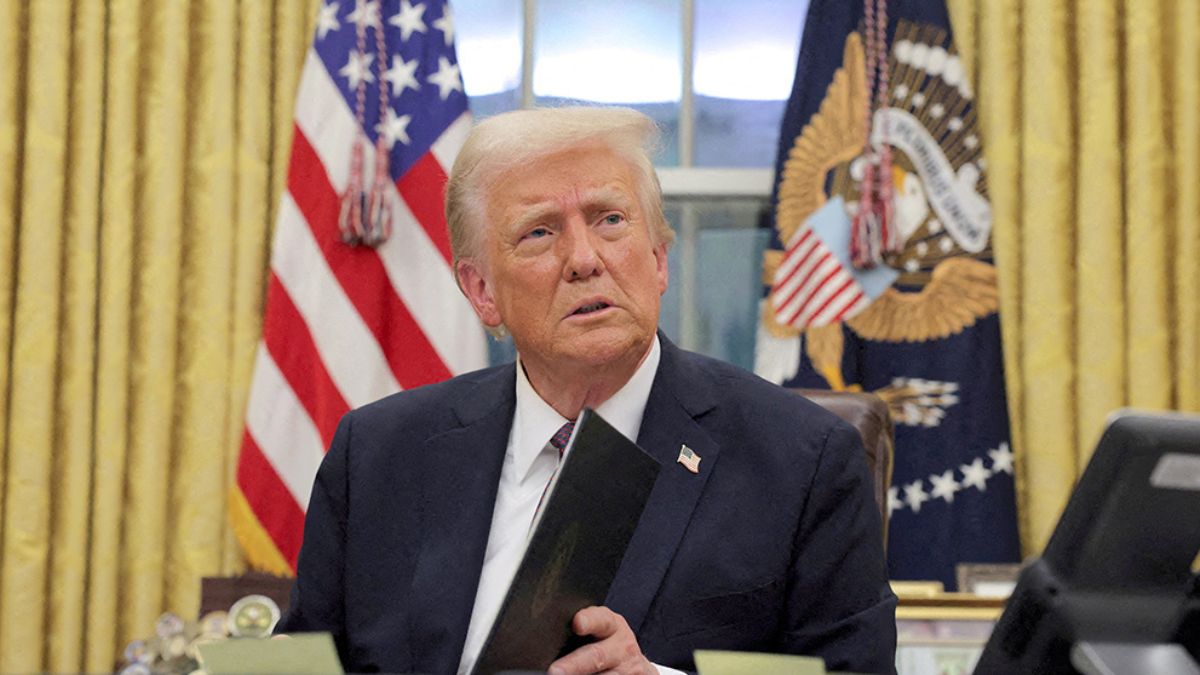The Federal Reserve was the bulwark of the US economy. It was responsible for controlling inflation, maintaining economic growth, and keeping the financial system safe. The institution has been the focus of criticism due to the sudden increase in inflation and the slowness of implementing policies. Many are now questioning the Fed’s efficiency and credibility.
Can the Fed regain public trust, or has it been permanently damaged?
Where Things Went Wrong
The lack of confidence began in 2021. Inflation continued to rise in the post-pandemic period due to supply chain disruptions and increased demand. Prices for everything from consumer goods to cars rose. The Fed called the problem temporary, even though economists had predicted it. But as the situation continues to worsen, it is clear that inflation is not a temporary problem, and it has profound effects on every level of America. In 2022, inflation was more than twice its current rate, and many economists thought that the central bank’s decisions might cause economic pain—and even a recession—as it rapidly lifted interest rates to slow demand and wrestle price increases back under control.
The job market slowed without falling apart, and inflation cooled so substantially that the Fed was able to begin cutting interest rates in September. The Fed was forced to raise interest rates in a series of large increases to combat inflation in 2022. Steps such as three consecutive increases of 75 basis points were taken, which is unprecedented in history. This step was necessary and would have been more effective if it had been taken earlier. The Fed now has to impose this tight policy on a weak economy, which is causing more problems. Such reactive behavior is tarnishing the Fed’s image.
The Current Challenge and What the Fed Needs to Do
Raising interest rates is necessary to control inflation, as it makes borrowing more expensive and people cut back on spending, slowing the economy. If interest rates are kept low, inflation is likely to rise further. The Fed is currently caught between these two situations. Although inflation has eased somewhat, it is still far above the Fed’s 2% target. High interest rates are making life difficult for ordinary people. This is having a global impact. Many developing countries are in financial crisis.
But the Fed is now entering a new phase in its journey toward an economic soft landing—a much more uncertain one. Officials thought that it was clear that rates needed to come down notably from their 5.3 percent peak, and they have steadily lowered them to about 4.4 percent by making three back-to-back reductions. Policymakers do not want to cut rates so much that they reignite the economy, though—and they have now arrived at a point where it is uncertain how much further rates should fall.
The Fed may need to take some strong and consistent steps to regain public trust. For example:
- Admitting and learning from past mistakes. Publicly addressing inflation miscalculations and delayed responses.
- The Fed needs to provide clear, specific, and consistent explanations of its policies and goals that will help stabilize the market.
- Let the market function normally. The Fed has become dependent on the market over the past decade. Investors thought the Fed would save them if the market fell. Investors must get out of this mindset.
- It is not enough to limit ourselves to raising interest rates alone; the Fed must also coordinate fiscal policy and supply chain improvements.
- In addition to controlling inflation, the Fed also needs to think about economic growth and the job market. If it can strike the right balance, the Fed will be able to handle this complex situation.
- Considering the international impact, the Fed needs to coordinate with international financial institutions. This will have a positive impact on the global economy.
The Fed’s forecasts make clear that central bankers are poised to slow rate cuts notably starting next year as stubborn inflation lingers—and Mr. Powell made it clear that the Fed wants to see further progress toward cooler inflation to cut interest rates at all.
“Our policy stance is now significantly less restrictive,” Jerome H. Powell, the Fed chair, said during a news conference on Wednesday. “We can therefore be more cautious as we consider further adjustments to our policy rate.”
“From here, it’s a new phase,” Mr. Powell later added.
Can the Fed Win Back Trust?
Earlier this year, the unemployment rate was climbing, hiring was slowing, and inflation had been falling steadily. But since September, the job market has shown signs of stabilizing, consumer spending has remained solid, and inflation has been more stubborn than many economists had expected.
Mr. Powell said that the recent lack of progress on inflation “might be the single biggest factor” driving the Fed’s forecast for price increases in 2025 higher.
The Fed has faced many crises in the past. It played a significant role during the 2008 financial crisis and the Covid-19 pandemic. However, the current challenge is completely different. Because, the root of the current crisis is their own mistakes. Restoring trust is now a matter of time. For this, there is a need for a series of successful policy implementations. The Fed needs to prove that they can learn from any situation and are able to prepare for the future.
More importantly, it must demonstrate that it understands the real-world impact of its policies on businesses, households, and markets. If the Fed is able to show clarity, stability, and responsibility in their policies, they will definitely be able to regain the trust and prestige of the Fed in the past.




